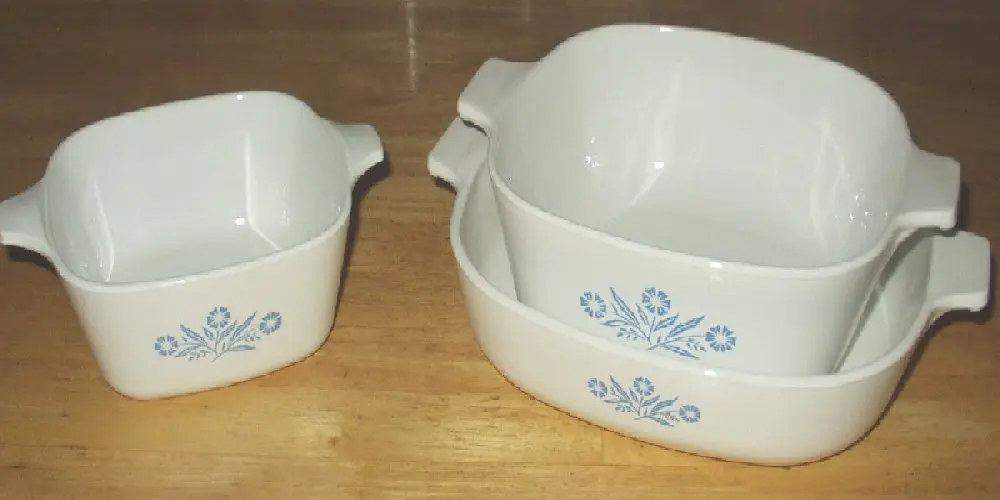September 22, 2024
Daktronics Inc. (DAKT) is the domestic industry standard in live events large screens—in which it has over 70% market share—and the market leader in scoreboards, digital billboards, and other programmable display solutions—in which it has 45% market share. The North American LED display market (90% of DAKT revenue) is expected to grow at a +20% CAGR and at a more rapid pace globally through 2028.
h/t deerwood on Value Investors Club: https://valueinvestorsclub.com/idea/DAKTRONICS_INC/7741731149#description
Moreover, the upgrade cycle from legacy LCD and older LED displays (SDR and 4-K) to next generation in HDR LED (higher resolution, more colors, better image clarity, content legibility, brightness, versatility, and durability) is still in its earlier stages with arena upgrades now much broader in size and scope.
Importantly, under the guidance of activists including Andrew Siegel, the board and, in turn, the company are very focused on margins, pricing discipline, and ROIC.
Also, keep in mind that roughly $100 million in orders per quarter never show up in the backlog due to short lead times.
The bottom line is that Daktronics has the best image quality and reliability in the industry. They are the go-to for pro sports and live entertainment venues.
The market cap is $564.45 million, while enterprise value is $543.61 million.
Metrics of cheapness:
-
- EV/EBITDA = 6.10
- P/E = 10.69
- P/B = 2.37
- P/CF = 5.31
- P/S = 0.69
(The P/E is based on forward earnings.)
ROE is 25.8%, which is excellent.
The Piotroski F_Score is 6, which is decent.
Insider ownership is 13.3%, which is solid. Cash is $96.81 million, while debt is $75.97 million. TL/TA is 54.8%, which is reasonable.
Intrinsic value scenarios:
-
- Low case: If there’s a bear market or a recession, the stock could decline. This would be a buying opportunity.
- Mid case: EPS should be approximately $1.45 to $1.55. With a P/E of 15, the stock would be worth $21.75 to $23.25, which is about 80% to 90% higher than today’s $12.13.
- High case: The company can probably sustain its ROE around 25.8%, which means that an investor who buys and holds the stock can likely enjoy close to 25% annual returns over time.
RISKS
-
- If there’s a bear market or a recession, the stock could decline temporarily.
- While Samsung’s performance in large event installations has been mixed, it could bid aggressively for future contracts in order to gain commercial placement of its brand name in arenas.
- Commercial Construction Slowdown: C&I lending activity will likely be a headwind for office and other sub-segments. The company has very limited exposure to that area of commercial construction and overall new building.
BOOLE MICROCAP FUND
An equal weighted group of micro caps generally far outperforms an equal weighted (or cap-weighted) group of larger stocks over time. See the historical chart here: https://boolefund.com/best-performers-microcap-stocks/
This outperformance increases significantly by focusing on cheap micro caps. Performance can be further boosted by isolating cheap microcap companies that show improving fundamentals. We rank microcap stocks based on these and similar criteria.
There are roughly 10-20 positions in the portfolio. The size of each position is determined by its rank. Typically the largest position is 15-20% (at cost), while the average position is 8-10% (at cost). Positions are held for 3 to 5 years unless a stock approachesintrinsic value sooner or an error has been discovered.
The mission of the Boole Fund is to outperform the S&P 500 Index by at least 5% per year (net of fees) over 5-year periods. We also aim to outpace the Russell Microcap Index by at least 2% per year (net). The Boole Fund has low fees.

